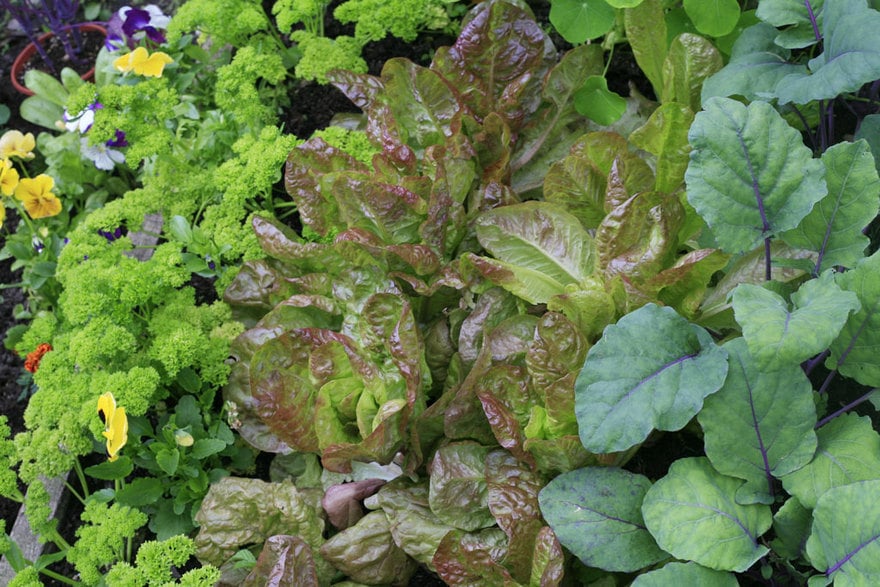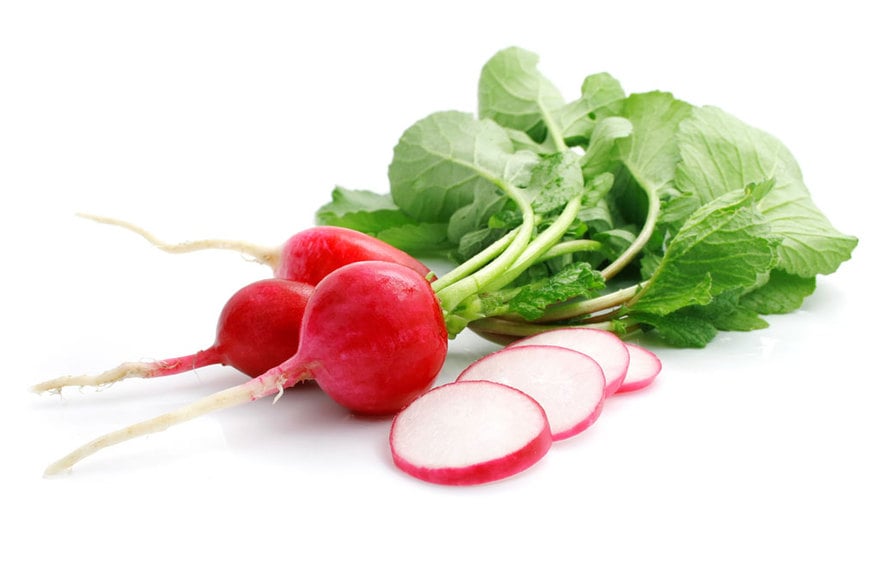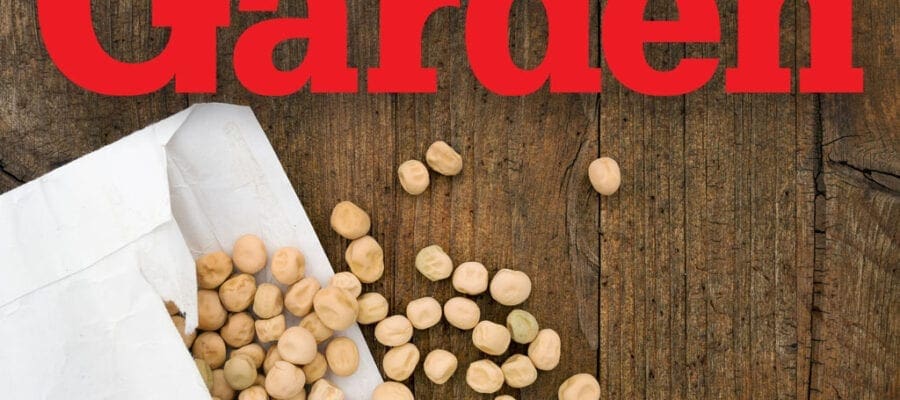With every new issue of Kitchen Garden magazine we offer all our subscribers a great selection of FREE seeds.
This month’s issue comes with Rocket Salad, Marvel of Four Seasons and Radish, so here’s a quick growing guide to help you get started with your new seeds…
Rocket Salad

Rocket is a go-to leaf for adding a touch of spice to your salads. Younger leaves will usually be on the milder side, whereas older leaves can be used as a fantastic spinach substitute. Rocket is high in potassium, as well as vitamin C too so it’s an all-round great crop to grow.
Sowing:
-
If you’re after a perpetual supply of Rocket, make sure to sow the seeds in a place with plenty of sunlight, every 2-3 weeks from April to September in fertile soil.
-
Ensure that the seeds are sown thinly, about 0.5-1cm deep in rows 15cm apart.
- Following this, thin to about 15cm apart, when the seedlings become big enough.
Growing:
-
Make sure to keep the soil moist and the plants growing in order to avoid any premature running to seed.
-
Also, be sure to provide plenty of shade on warm days so the leaves don’t become too tough.
- Weed your crops regularly and don’t overwater as it can lessen the taste of the leaves.
-
You’ll be able to harvest four weeks after sowing the Rocket.
-
You can take a few leaves at a time and allow the plants to regrow. Taking too much at once can harm growth.
- If the plants flower, remove them to keep cropping going, unless you want them to seed.
Marvel of Four Seasons

Marvel of Four Seasons is a butterhead lettuce that is as yummy as it is good-looking. As its namesake suggests, this lettuce has the ability to be harvested year-round and in a variety of climates.
Sowing
-
Sow under protection from February to March and then plant directly outside from March to August. They can also be sown in autumn to overwinter if protected.
-
Start by making shallow trenches with a cane about 30cm apart.
-
Pour a little bit of seed into your hand, then sprinkle it along the trench. After this just cover the seeds with soil.
- The seeds should germinate in seven to 14 days.
Growing
-
Salt hay, straw or grass clippings will help to prevent weeds and keep the soil moist and cool.
-
Make sure the plants are watered often where rainfall is scarce.
- Moist ground is vital when the lettuces are close to harvest as dry soil will likely encourage the plants to produce flowers instead.
Harvesting
-
If you press the head of the lettuce and it’s firm, it’s ready to harvest.
-
When you spot a central stem, the harvest will be over as this signifies that the plant will soon bolt and the leaves will taste bitter.
- Marvel of Four Seasons has a long period for harvesting and for the best-tasting lettuce, harvest in the morning and eat the same day.
Radish

Radish is another easy plant that can be placed in any size garden as they are fast-growing and can be harvested only four weeks after sowing them. Sow your Radish about every two weeks in fertile, moist soil in the summer for the crunchiest of salads.
Sowing
-
Sow little and often with Radish and ensure they grow successfully without any checks to their growth.
-
You can sow March to mid-August; or for an earlier crop sow in February under protection. This can be in your garden in the ground, in a container or even in a growbag.
- Make sure you sow your seeds thinly, 1cm deep and about 2.5cm apart.
Growing
-
There should be little need for thinning if you don’t sow too thickly, but if it is required, you should do so quickly.
- The soil should be kept moist for quicker growth, and to prevent splitting. If you sow in hotter months, extra care will be needed.
Harvesting
-
Radishes must be harvested relatively young so that they taste great.
- Pull Radishes when needed, however make sure they don’t mature and become inedible.











